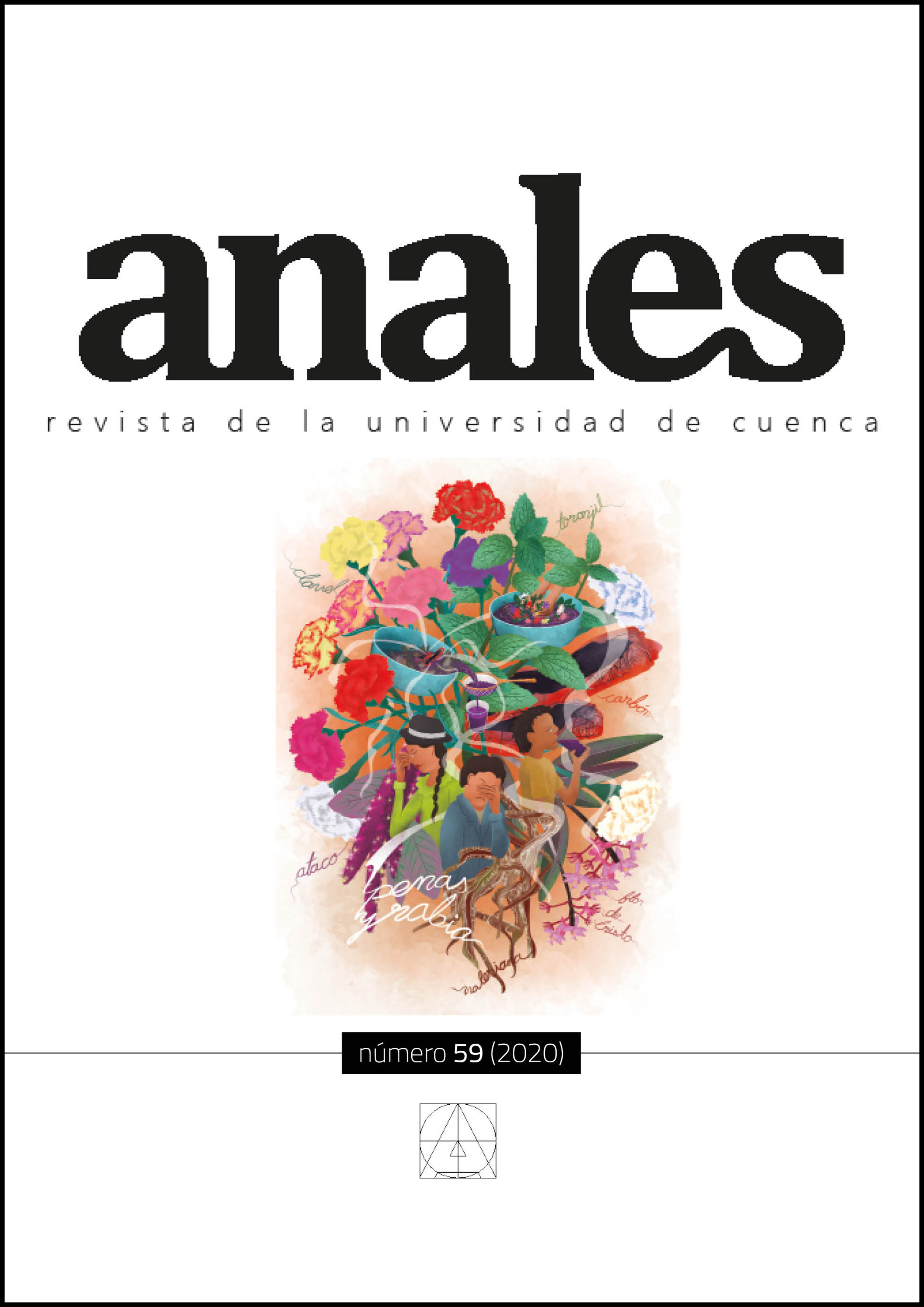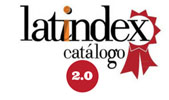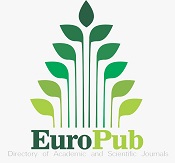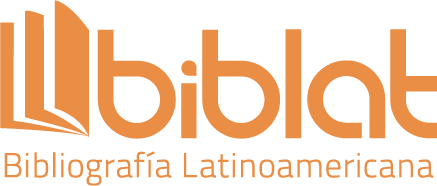Approach to the implications of technical and technological training in the framework of the COVID 19 pandemic in Ecuador
DOI:
https://doi.org/10.18537/auc.59.02Keywords:
dual training, higher institutes, virtual education, hybrid model, COVIDAbstract
In the context of the COVID - 19 health emergency, which brought as one of the consequences the change in the modality of face-to-face studies to virtual ones; This article entitled: “Approach to the implications of technical and technological training in the framework of the COVID 19 pandemic in Ecuador” is presented, as an approach to the complications presented in the technical and technological training dictated by the public higher technological institutes , to fulfill the teaching - learning processes; from a dual training approach offered by the institutes, with the application of the hybrid modality, as well as the difficulties that the gap in access to technology in the country means. The approach of this article starts from the right that means for Ecuadorians access to higher education promulgated in the Constitution, as well as the processes provided by the Organic Law of Higher Education. With the support of the pilot survey, there is an approach to elements such as the platforms used for virtual training, the main difficulties presented to teach the classes, as well as the absence of investment in technological platforms that require payment of licenses for their use; all this within the framework of the training given by the country’s higher technical and technological institutes.
Downloads
References
Asamblea Nacional Constituyente. (2008). Constitución de la República del Ecuador. Gobierno de la República del Ecuador.
Asamblea Nacional. (2010). Ley Orgánica de Educación Superior. Gobierno de la República del Ecuador.
Comisión Económica para América Latina y El Caribe. (2020, 14 de septiembre). La educación técnica en el Ecuador: el perfil de sus usuarios y sus efectos en la inclusión laboral y productiva. https://www.cepal.org/es/publicaciones/43219-la-educacion-tecnicaecuador-perfil-sus-usuarios-sus-efectos-la-inclusion
Duarte, P., y Solis, M. (2018). La educación superior tecnológica y la empleabilidad. Revista Universidad y Sociedad, 10 (3).
Instituto Nacional de Estadísticas y Censos. (2020). Indicadores de tecnología de la información y comunicación. https://www.ecuadorencifras.gob.ec/documentos/web-inec/Estadisticas_Sociales/TIC/2019/201912_Boletin_Multiproposito_TIC.pdf
Moreira, J., López J., Serrano, R., y Palomares, J. (2017). Un breve análisis de la brecha digital de acceso en el Ecuador. Jornadas SARTECO.
Muñoz, I. A. (2008). La formación dual y su fundamentación curricular. Revista Educación, 32(1), 45-61. https://revistas.ucr.ac.cr/index.php/educacion/article/viewFile/ 523/551
Pineda, P., Ciraso, A., y Arnau, L. (2019). La FP dual desde la perspectiva del profesorado: elementos que condicionan su implementación en los centros. Educación XXI, 22(1), 15-43.
República del Ecuador. Consejo de Educación Superior. (2020). Reglamento de las Instituciones de Educación Superior de Formación Técnica y Tecnológica. CES.
República del Ecuador. Consejo de Educación Superior. (2019). Reglamento del Régimen Académico. CES. Senescyt (2020, 22 de junio). Institutos técnicos y tecnológicos públicos inician sus clases de manera virtual. Boletín de prensa (36).
Tomaselli, A. (2018). La educación técnica en el Ecuador: el perfil de sus usuarios y sus efectos en la inclusión laboral y productiva. CEPAL.










